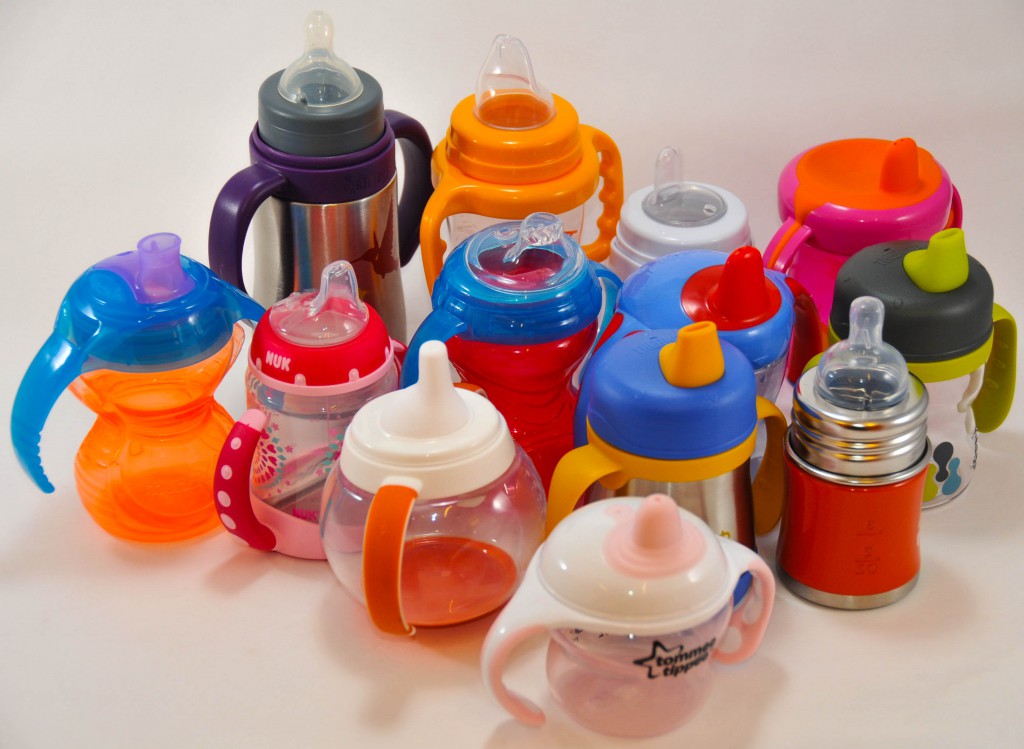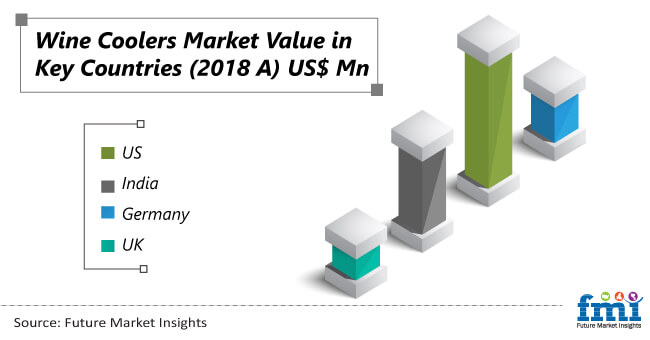The distributed fiber optic sensors market is projected to develop at a healthy CAGR of 8.3% from 2022 to 2032, reaching a market size of US$ 2869.5 million by that year.
The target market, which was valued at US$ 1175.7 million in 2021, would probably reach US$ 1291.9 million in 2022. Demand for distributed fiber optic sensors would be driven up by the growing necessity to conduct effective sensing operations across many business verticals.
Distributed fiber optic sensors (DOFSs) enable enterprises to track a variety of variables, including temperature, tension, auditory disturbances, and many more. These sensors are far more advanced since they can concurrently and spatially determine measurements along the whole sensing fiber.
Request Sample Report @
https://www.futuremarketinsights.com/reports/sample/rep-gb-623
To monitor seismic activity in geophysical science, perimeter security, borehole and well activity in the oil and gas industry, and structure health in civil engineering, distributed fiber optic sensors are becoming more popular.
Due to the high functionality of distributed fiber optic sensors (DFOS), many organizations around the world are investing in cutting-edge technologies and striving to boost their research and development (R&D) activities. As a result, new goods with enhanced features are developed, giving companies the chance to grow their market share.
Additionally, the high cost of DFOS deployment and installation encourages companies to create more dependable, cost-effective optic inspection products. During the anticipated period, all of these factors are likely to contribute to the distributed fiber optic sensor market’s growth.
Key Takeaways:
- Probable negligence during the installation process may hamper the market prospects.
- The distributed fiber optic sensor market will account for 25% of the global fiber optics market.
- India’s distributed fiber optic sensor market will grow at a CAGR of 15.7%.
- Well-established aerospace, medical, and energy sector will drive the target market growth in the United States.
- Distributed fiber sensing technology will gain momentum in the energy industry in Germany.
- By type, the fiber optic acoustic sensors will gain traction over the projected period.
- In terms of application, the leakage detection segment will grow at a 12.8% CAGR.
Competitive Landscape
Omnisens SA, Sensuron, Silixa Ltd., OFS Optics, QinetiQ Group plc (OptaSense), VIAVI Sensor Types Inc., AP Sensing, LuxPoint Inc., Luna Innovations Incorporated, Ziebel AS, Bandweaver, FISO Technologies Inc., Schlumberger, Yokogawa Electric Corporation, and Halliburton among others are some of the major players in the distributed fiber optic sensors market profiled in the full version of the report.
Key market players are focusing on releasing innovative products with upgraded features. These organizations are also employing tactics like joint ventures, alliances, mergers, and acquisitions.
Ask an Analyst @
https://www.futuremarketinsights.com/ask-question/rep-gb-623
Distributed Fiber Optic Sensor Outlook By Category
By Sensor Type:
- Distributed Temperature Sensors
- Distributed Acoustic Sensors
- Distributed Pressure Sensors
- Distributed Strain Sensors
- Others
By Application:
- Condition Monitoring
- Intrusion Detection
- Power Monitoring
- Leak Detection
- Others
By Industry:
- Oil & Gas
- Civil Infrastructures
- Industrial
- Power & Utilities
- Military & Border Security
- Transportation
- Others
By Region:
- North America
- Latin America
- Europe
- East Asia
- South Asia & Pacific
- Middle East and Africa (MEA)
Report Customization available @
https://www.futuremarketinsights.com/customization-available/rep-gb-623
About Future Market Insights, Inc.
Future Market Insights, Inc. (ESOMAR certified, Stevie Award – recipient market research organization, and a member of Greater New York Chamber of Commerce) provides in-depth insights into governing factors elevating the demand in the market. It discloses opportunities that will favor the market growth in various segments based on Source, Application, Sales Channel, and End Use over the next 10 years.
Contact Us:
Future Market Insights Inc.
Christiana Corporate, 200 Continental Drive,
Suite 401, Newark, Delaware – 19713, USA
T: +1-845-579-5705
For Sales Enquiries: sales@futuremarketinsights.com



